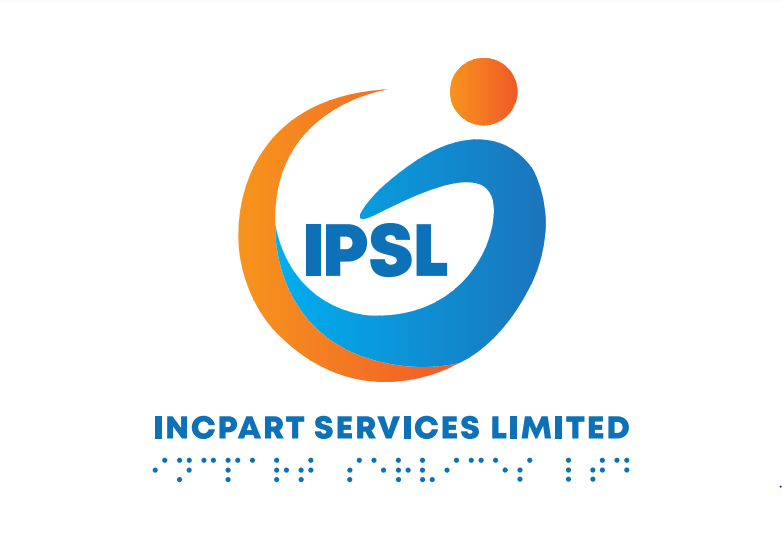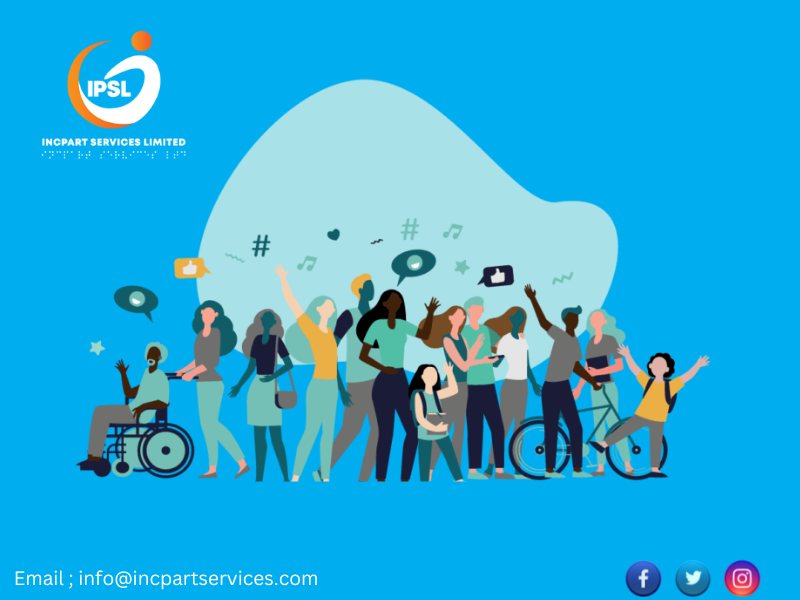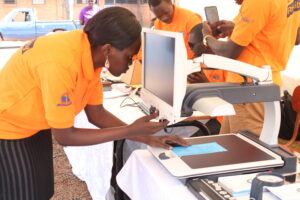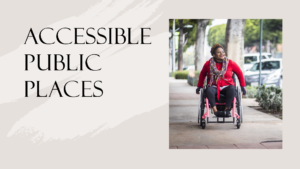Creating an inclusive workplace for persons with disabilities is not just a matter of compliance with legal regulations; it is a fundamental aspect of fostering a diverse and thriving workforce. By breaking down barriers, promoting accessibility, and cultivating a supportive culture, organizations can empower employees with disabilities to contribute their unique perspectives and talents. In this article, we will explore the strategies and best practices for creating an inclusive workplace that values and supports individuals with disabilities, ultimately benefiting both employees and the organization as a whole.
Understanding the Importance of Inclusion
1.1 The Benefits of Diversity and Inclusion
Diversity isn’t just a buzzword – it’s the secret sauce for a thriving workplace. Embracing different perspectives and experiences leads to creativity, innovation, and better problem-solving. Inclusion isn’t just about having a seat at the table; it’s about everyone having a voice that’s heard and valued.
1.2 Legal Obligations and Compliance
Not to scare you, but there are laws in place to ensure equal opportunities for people with disabilities. Currently, the Government of Uganda has adopted a number of laws and policies pertaining to people with disabilities in the constitution of Uganda, 1995. Article 21 prohibits discrimination against people with disabilities, staying compliant isn’t just a good idea; it’s the law. So, put on your legal hat and make sure your workplace is playing by the rules.
1.3 Creating a Positive Work Environment
Let’s be real – no one wants to work in a place that feels like a black hole of negativity. Building a positive work environment where everyone feels respected and supported is not just a nice-to-have; it’s a must-have. So, sprinkle some kindness, add a dash of empathy, and voilà – you’ve got yourself a workplace where everyone can thrive.
Breaking Down Barriers: Accessibility and Accommodations
2.1 Physical Accessibility in the Workplace
Let’s face it – if your workplace isn’t physically accessible, you’re already starting off on the wrong foot. From ramps to accessible restrooms, ensuring your space is welcoming to everyone is key. So, ditch the stairs to nowhere and embrace inclusivity from the ground up.
2.2 Technological Accommodations
In a world where technology rules the roost, ensuring your digital tools are accessible is non-negotiable. From screen readers to captioning, making sure your tech is user-friendly for all is a game-changer. So, think beyond the mouse and keyboard and welcome everyone to the digital party.
2.3 Flexible Work Arrangements
Gone are the days of the rigid 9-to-5. Offering flexible work arrangements isn’t just a perk; it’s a lifeline for many. Whether it’s remote work options or flexible hours, providing different ways of working can be a game-changer for employees with disabilities. So, break free from the traditional mold and embrace flexibility like a boss.
Building a Supportive and Accepting Culture
3.1 Fostering Open Communication and Respect
Communication is key in any relationship – including the one with your colleagues. Fostering open dialogue and respect creates a safe space where everyone feels heard and valued. So, put on your listening ears, sprinkle some empathy, and watch the magic happen.
3.2 Addressing Bias and Stereotypes
We all have biases – it’s part of being human. But recognizing and addressing them head-on is crucial for creating an inclusive workplace. So, challenge stereotypes, embrace diversity, and celebrate the uniqueness of each individual. After all, variety is the spice of life – and work.
Recruiting and Hiring Practices for Diversity
4.1 Inclusive Job Descriptions and Recruitment Strategies
Your job descriptions are the first impression candidates get of your company. Make sure they reflect your commitment to diversity and inclusion. From using inclusive language to reaching out to diverse talent pools, casting a wide net can lead to finding the best catch. So, shake up your recruitment strategies and watch the diversity bloom.
4.2 Interviewing and Selection Processes
Interviews can be nerve-wracking for anyone. But for candidates with disabilities, they can be even more challenging. Creating inclusive interview processes that focus on skills and potential can level the playing field and showcase the best talent. So, ditch the cookie-cutter approach and embrace a more holistic view of candidates. #Creating an Inclusive Workplace for Persons with Disabilities
5. Training and Education on Disability Awareness
5.1 Providing Disability Sensitivity Training
To make your workplace a welcoming space for everyone, it’s crucial to offer disability sensitivity training. Think of it as a crash course in being awesome and respectful towards your colleagues with disabilities.
5.2 Educating Employees on Inclusivity
A little inclusivity education can go a long way. Teach your team the magic of empathy and understanding to create a workplace where everyone feels valued and included.
6. Empowering Employees with Disabilities
6.1 Career Development and Advancement Opportunities
How about leveling up the career game for your colleagues with disabilities? Providing growth opportunities shows that you’re all about that equal opportunity vibe.
6.2 Peer Support Networks
Having a support squad can make all the difference. Encouraging peer support networks can create a sense of community and empowerment among employees with disabilities.
7. Promoting Mental Health and Well-being in the Workplace
7.1 Mental Health Support Programs
Mental health matters, folks! Implementing support programs can help employees with disabilities navigate challenges and thrive at work.
7.2 Creating a Work-Life Balance
Work hard, play hard, right? Promote a healthy work-life balance to ensure everyone, disabilities or not, can recharge and bring their A-game to the workplace. In conclusion, prioritizing inclusivity and support for persons with disabilities not only enhances the workplace environment but also contributes to a more equitable and successful organization. By embracing diversity, providing necessary accommodations, and fostering a culture of acceptance, companies can create a truly inclusive environment where all employees have the opportunity to thrive and contribute meaningfully. Through ongoing education, communication, and proactive efforts, organizations can continue to build a workplace that celebrates the unique abilities and perspectives of every individual, creating a more inclusive and supportive environment for all.




